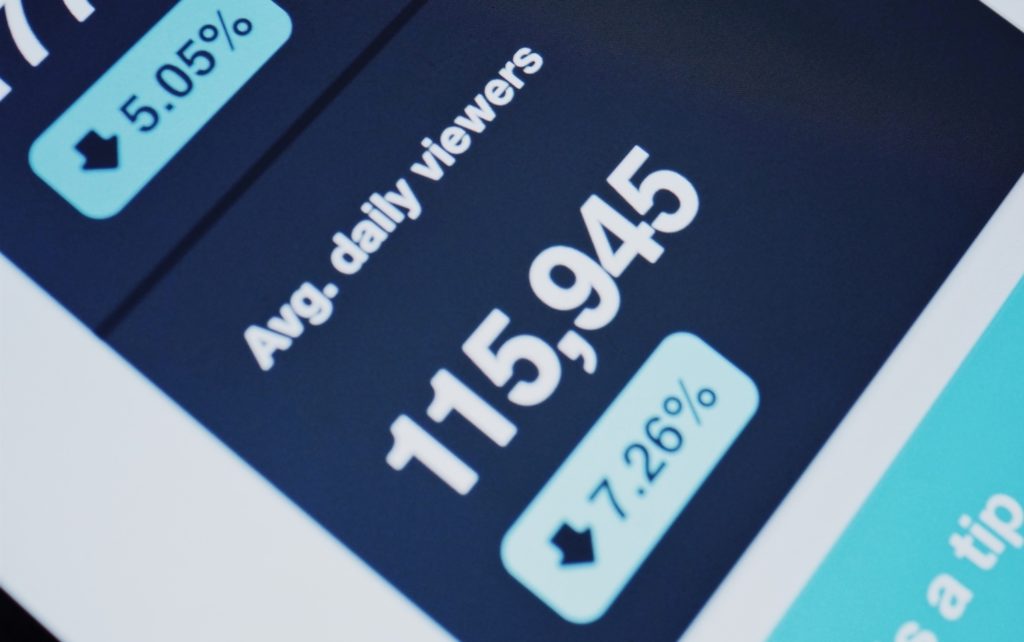
What Prime Day Can Teach Us About Holiday Sales
Prime Day is Over, but Holiday Sales Have Only Begun
If January is the finish line for holiday sales, Amazon’s Prime Day is the starting gun. This year brands came out in force to compete and capitalize on the sales event. Flexing omnichannel marketing muscle, both digital natives and big-box stores sought to grab their share of winnings. Most importantly, the performance-enhancing tools both Amazon and others used on Prime Day can be repurposed for the holiday race ahead. Let’s review.
Quick Recap: Prime Day Milestones
This Prime Day, the eCommerce ecosystem got more than it bargained for. Brands broke through the clutter with new strategies to piggy-back off the holiday, while others launched their own sales events. Amazon’s reported sales for the two-day event beat last year’s totals for both Black Friday and Cyber Monday combined. According to Internet Retailer, “The eCommerce giant sold more than 175 million items across its platform. Plus, sales by third-party marketplace sellers ‘far exceeded’ $2 billion.” However, Amazon wasn’t the only winner.
Last week, Adobe Digital Insights discovered a massive industry shift. Data shows that average daily revenues for retailers with revenues over $1 billion saw lifts of 54% and 72% Monday and Tuesday, respectively. The report concludes that mid-sized retailers shared the gains, witnessing an average revenue bump of 28%.
The two-days of sales also mark a notable shift in the industry at large, pushing the entire category to new highs. Thanks to this month’s 1.7% increase in sales across the online retail industry, non-store retailers (including Amazon and digital-only stores) now only trail Auto dealers in the U.S. retail market. As Bloomberg notes, “Online shopping has become the second-biggest chunk of the $520 billion U.S. retail market, after overtaking grocery stores and restaurants in June.”
How Amazon Became a Crowd Favorite
From free shipping to premium content, Amazon Prime members get an awful lot of added value. For an annual price of $119 (or $59 for students), users get unlimited music and photo storage, audiobooks, Kindle books, discounts at Whole Foods, and Prime Video where they can watch their favorite movies and shows.
The loyalty program also gives special deals to users, including early access to lightning deals 30 minutes before non-members. Additionally, Prime members can even share their benefits with other members of their household (or anyone for that matter). One of the newest features, Prime Wardrobe, allows loyal members to ship up to 8 clothing items from Amazon sent right to their door, and they can return any and all items for free.
The result of this massive loyalty program? Membership now exceeds 100 million subscribers. At the end of 2018, Consumer Intelligence Research Partners (CRIP), determined the average Prime member spent $1,400.00 on Amazon goods for the year, more than double the $600.00 that non-prime customers spent on average.
Building Your Fanbase Through Loyalty Programs
Users expect more from brands and online vendors. They want value beyond the products they’re buying and an interface that makes for swift shopping. Most, if not all DTC companies acquire the bulk of their new customers for the year during the holidays. The problem is engaging these customers and retaining them once the ball drops on New Year’s Eve. A loyalty program built specifically for your audience can help you keep the sales flowing and boost retention year-round.
The question is, how does your current loyalty program achieve this, and can it be optimized? Are there additional “freebies” you can provide outside of the occasional blog post, up-sell, or discount? In eCommerce, brand loyalty can be a massive differentiator between you and your competition. While Amazon’s loyalty program is difficult to match, exclusive deals, early releases, customer perks, and unlockable rewards are great ways to keep customers engaged and coming back.
If your rewards program was based on a subscription payment, how much could it cost to provide free shipping for customers? Perhaps rolling revenue would allow you to create new content for members like style guides, product videos, or pop-up events like Amazon’s Treasure Truck. Rewards programs like Swell even reward customers for creating content like product reviews, videos, Instagram photos and more, which in-turn drive additional revenue. For the holiday’s it’s time to think seriously about the value of customer loyalty.
Using Amazon To Your Advantage
Amazon offers benefits to sellers who use the platform, including specific advantages for Prime Day. Omnichannel merchants can submit for a lighting deal, which if approved, puts the platform’s marketing engine to work for you. Sellers who are selected for the option typically see a big boost in sales, though significantly lower prices are recommended to get approved (at least 20% off the current Amazon listed price and at least 5% lower than the lowest listed price for the same product in the past 28 days).
Amazon coupons are another example of some of the benefits sellers can use to get some extra juice out of the Prime Day frenzy. The coupons show up in search results, on the Amazon Coupons page, in the shopping cart, in your brand store, and in sponsored products listings. This year, many merchants combined these strategies with an increase in marketing budget to get their products seen and to the top of specific categories, but only with product that were performing well already.
Companies that sell consumable products have a massive advantage. Amazon’s subscription feature lets customers sign up for automatic rolling purchases that will keep sales going long after Prime Day. Using this option in combination with those mentioned above will likely prove powerful for merchants who sell on Amazon, and makes a compelling case to add subscription functionality to your eCommerce site. Our developers recommend using this extension here for Magento 2.
The Sales Race Ahead
Vendor beware, Amazon is currently taking steps to build it’s own collection of private-label brands. While the deal may seem outrageous, the “Amazon Accelerator” program offers free marketing support, preferred listings, and more perks for vendors. The catch? Amazon reserves the right to purchase brands that sign up for as little as $10,000 flat (WSJ). Most brands would agree this is a ludicrously unfair price for an entire product line. However, it’s likely one or two tiny companies in each category will part with a brand for the fast cash-grab before they’re bought.
While we don’t advise tossing your hat in the ring, this is a gentle reminder that competition for selling on Amazon will only increase, and you can bet the brands Amazon plans to snatch up will receive preferential treatment. Then again, if you’re a retailer or reseller with the ability to create a new brand quickly, it might not be a bad idea to sign up.
Final Thoughts
This Prime Day, brands proved a decisive ability to compete against Amazon. While some profited by selling on Amazon, others kept customers close by hosing their own sales events, focusing on mobile optimization, or pumping up their marketing budget. The road to beating Amazon isn’t easy, but these successes point to new ways to match the giant’s might (or at least profit from it).
Customer loyalty is just one area where merchants can improve their overall experience and prepare the holidays ahead. Whether you manage a B2B or B2C operation, there are likely tools and strategies available you haven’t thought about. Grab our free Power Index for insights on how to improve even the strongest tech stack and keep customers coming back long after the holiday season.











Recent Comments